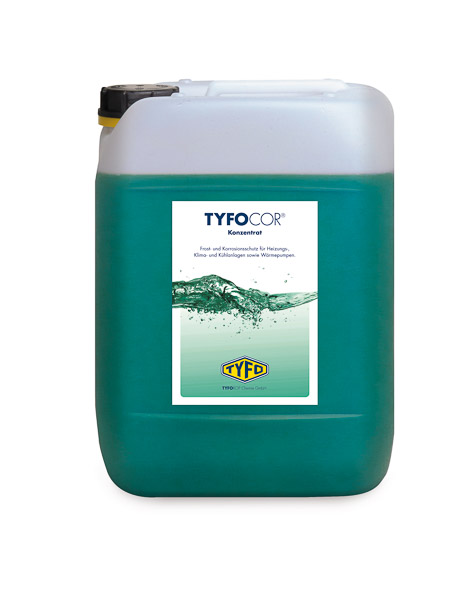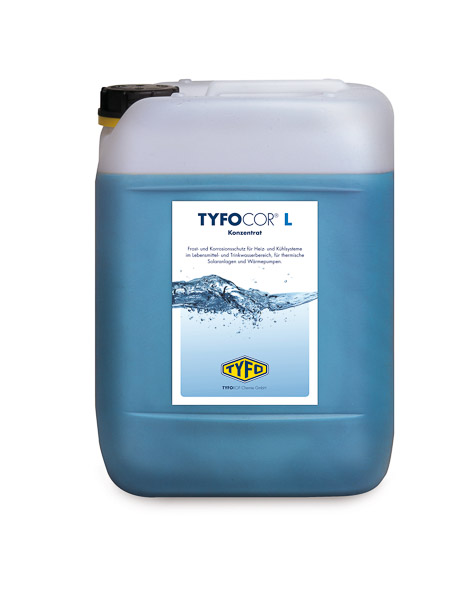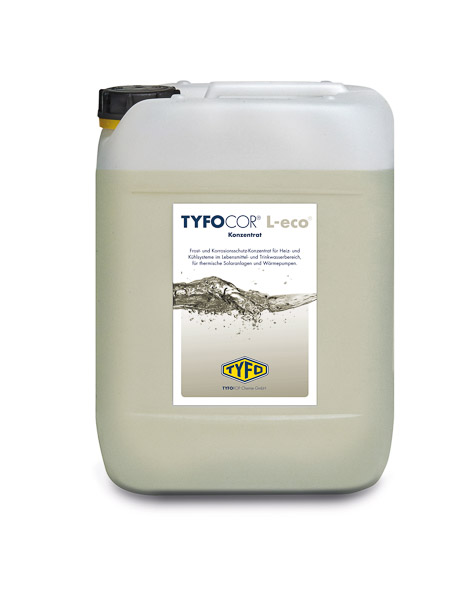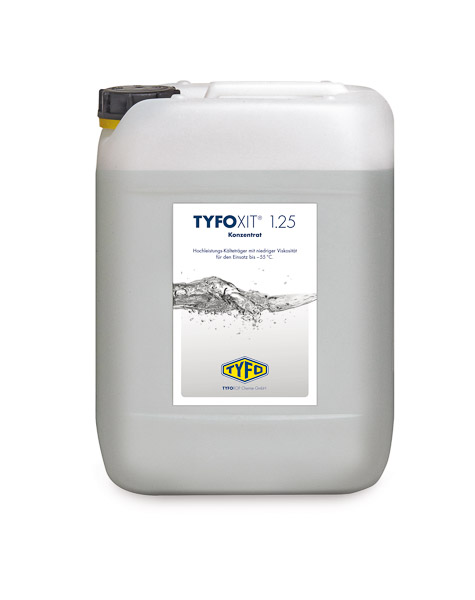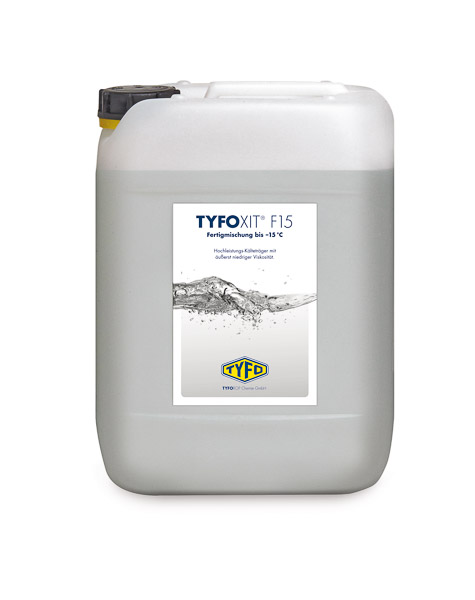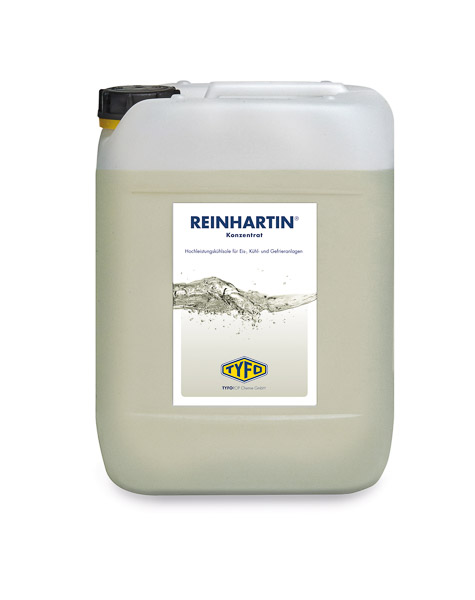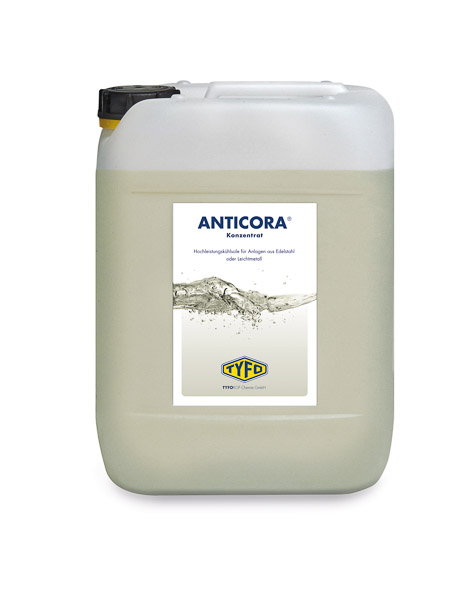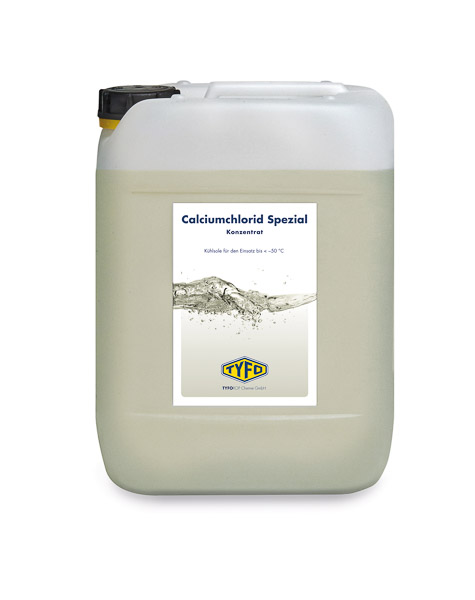Perfect curling ice with TYFOCOR®
The cooling brine of Olympians
At the Curling Club in Hamburg, ice is sacred. Because without a perfect ice surface, it’s impossible to reach peak athletic performance. Olympians train here, after all. To ensure a reliably uniform ice temperature, Hamburg’s dedicated curling facility, one of the few in existence in Germany, depends on coolants from TYFO.
Felix Schulze stretches, lunges down onto one knee, and pushes off gracefully on the slippery ice, giving the 18 kg granite curling stone a slight twist as he releases it. The stone glides across the nearly 46-meter ice surface. His teammate Christopher Bartsch and Sven Goldemann sweep the surface of the ice in front of the stone. It maintains its direction and speed before slowly coming to a halt in the house, the small circular target on the ice. Bullseye! Schulze, Bartsch and Goldemann represented Germany at the 2014 Olympic Games. They are members of the Curling Club (CC) Hamburg, which sent its first Olympic team to Sochi. The three train at the Eckelmann-Jahr-Rink, one of only five dedicated curling facilities in Germany.
“It’s something special because many other curling clubs have to share their ice surface with other sports such as ice hockey or figure skating and, as a result, can only rarely play on professionally prepared curling ice,” explains Sabine Belkofer-Kröhnert, the business manager at Hamburg CC and an Olympian herself, having represented Germany at the 2002 Winter Games at Salt Lake City. Among the Olympic sports, curling is one of the most popular among television viewers. Known for its suspense and fair play, the sport does not use referees to officiate. “It’s better to lose than to win without honour. That’s what we call the Spirit of Curling,” explained Belkofer-Kröhnert. “And the ice is sacred, because it is the very foundation of our sport,” she reveals.
Ammonia-based refrigeration system
Markus Wisniewski is responsible for the ice at CC Hamburg. He’s a trained cooling technician — a great background for someone tasked with preparing perfect ice. “Curling ice is special. The curling playing surface must be perfectly level,” explained the master ice technician. Once a day, he scrapes the ice with his Eismaster Millennium, an electric knife on wheels. Then he sweeps the surface and sprays it with fine water droplets. Due to the weight of the stone, a thin film of water forms between it and the surface of the ice upon which it glides and ‘curls.’ In July, Wisniewski will start making the ice for the season, which begins in August. It’s a process that takes three weeks. Hamburg CC’s refrigeration system employs two compressors. The 200 kW unit uses 120 kg of ammonia as its refrigerant. Both compressors run when ice is being laid down. During the season, only one compressor is needed, with the other serving as an emergency backup.
TYFOCOR® cooling brine for stable ice temperatures
The ammonium refrigerant meets TYFOCOR® brine at the heat exchanger. To cool an ice rink down to the extremely low temperatures necessary, the brine must possess excellent heat transfer and anti-corrosion properties while exhibiting low viscosity across the entire temperature range. This is the only way to maximize flow and achieve a rapid and efficient transfer of heat. “At temperatures down to -20°C, ethylene-glycol-based TYFOCOR® provides outstanding long-term anti-freeze and anti-corrosion protection. But at some ice rinks, even lower temperatures are required. That’s when TYFOXIT® comes into play. It’s a glycol-free high-performance coolant based on organic acid salts, so it can provide extremely low viscosities,” explains Dr. Marco Bergemann from TYFOROP Chemie GmbH in Hamburg.
At Curling Club Hamburg, there are around 14,000 m of coolant line beneath the ice surface of the four alleys. The brine enters the cooling circuit at -9°C. It returns at -8°C. “Just like it should be,” says Wisniewski as he reads the thermometer. “Ideally, there should be a one Kelvin differential.” By using TYFOCOR®, the ice temperature can be held at a constant -5°C. Once a year, maintenance is performed on the refrigeration system. This involves taking a sample of the refrigerant and sending it to the lab for testing. “Our refrigeration system runs flawlessly thanks to TYFOCOR®,” said Markus Wisniewski. Scaling and corrosion — worst-case scenarios that can occur with low-quality glycol — are not of any concern at the Hamburg rink.
Because the corrosion inhibitors in TYFOCOR® ensure long-term protection against corrosion, aging, and scaling for all the metals used in heating and cooling systems — even in mixed installations.
At the end of Hamburg’s curling season in April, Markus Wisniewski will thaw the ice over a two-week period. “Thanks to our rink and the good ice here, we’ve been named this year as the national centre for player development,” Sabine Belkofer-Kröhnert is proud to mention. With that in mind, it looks like Hamburg has good prospects to field another Olympic team someday soon.
TYFO refrigeration products
TYFOCOR®
For cooling, heating, and air conditioning systems including heat pumps and radiant heating systems.
TYFOCOR® L
For cooling, heating, solar, and heat pumps.
TYFOCOR® L-eco®
For cooling, heating, solar, and heat pumps.
TYFOXIT® 1.15–1.25
For all cooling systems with indirect cooling.
TYFOXIT® F15–50
For all cooling systems with indirect cooling.
REINHARTIN®
For ice, cooling, and freezing systems.
ANTICORA®
For systems made of stainless steel or plain carbon steel
Calcium Chloride Special
For cooling systems made of plain carbon steel.


